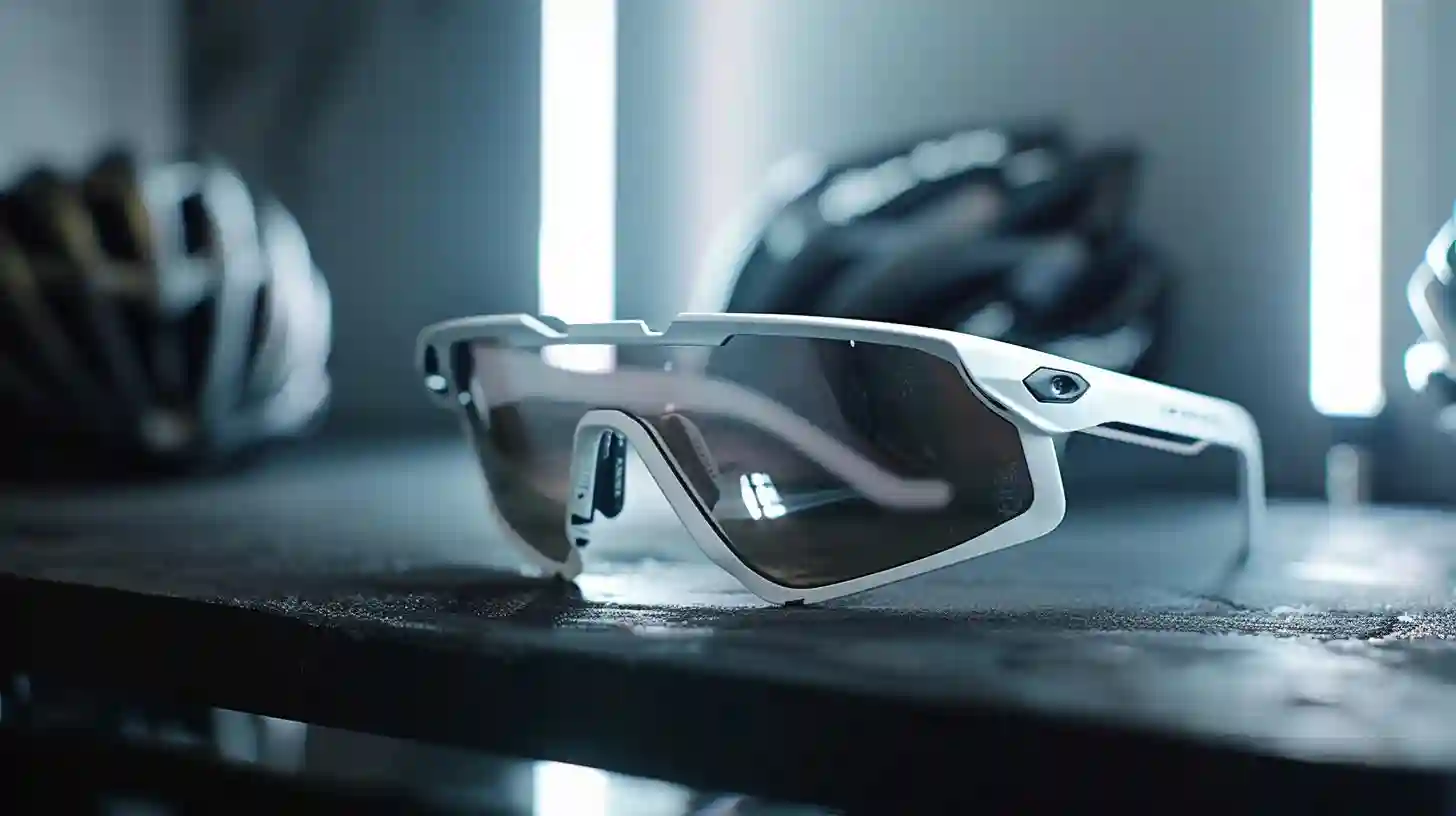
Choosing the right cycling glasses is an essential task for any serious cyclist. Not only do these glasses protect the eyes from harmful ultraviolet (UV) rays and flying debris, but they also enhance visual clarity, contrast, and comfort during rides. With a varied market and a plethora of options available, the process of selecting the perfect pair of cycling glasses can be intricate and significant. This essay delves into the nuanced aspects of choosing cycling glasses, providing a holistic understanding of factors such as lens technology, frame design, comfort, aesthetics, and additional features that influence this important decision.
Lens technology stands at the forefront of factors to consider when selecting cycling glasses. The primary purpose of cycling lenses is to provide protection from the sun’s UV rays, thereby reducing the risk of long-term eye damage. High-quality lenses often come with UV400 protection, blocking out 100% of UVA and UVB rays. Beyond UV protection, contrast enhancement and glare reduction are crucial features. Lenses with polarization minimize glare from reflective surfaces like wet roads or car hoods, which can be particularly useful in bright conditions. Moreover, lenses with contrast-enhancing capabilities help in distinguishing between different shades and textures on the road, improving safety and performance.
Photochromic lenses, which automatically adjust their tint based on the surrounding light conditions, are an excellent choice for those who ride in varying environments. These lenses darken in bright sunlight and lighten in low light, eliminating the need to swap lenses during a ride. However, their reaction time can vary with temperature, and they generally take longer to adjust in colder conditions. As an alternative, some cyclists prefer interchangeable lens systems, which provide the flexibility to switch lenses manually based on the environment. These systems typically come with a range of lenses, including clear, amber, and dark tints, catering to different light scenarios.
Next, the material of the lens is another crucial consideration. Polycarbonate lenses are a popular choice because they are lightweight, durable, and impact-resistant, making them ideal for the demanding nature of cycling. While they might scratch more easily compared to glass lenses, many polycarbonate lenses come with scratch-resistant coatings to mitigate this issue. The optical clarity of the lens is equally important, and high-quality lenses minimize distortions, providing a clearer and more accurate view of the road or trail ahead.
Frame design is another pivotal aspect of choosing cycling glasses. A well-designed frame ensures that the glasses stay in place during rigorous activity, providing both comfort and functionality. Frames made of lightweight and durable materials such as Grilamid TR-90 or other lightweight polymers are preferred, as they do not add unnecessary weight and can withstand rough usage. Additionally, frames should offer ample ventilation to prevent fogging and sweating during intense rides. Many high-end cycling glasses come equipped with strategically placed vents to enhance airflow, ensuring that the lenses remain clear and the cyclist’s face stays cool.
The fit of the glasses is vitally important for comfort and stability. Glasses should fit snugly but not too tight, ensuring that they stay in place without causing discomfort. Adjustable nose pads and temple tips made from rubber or other grippy materials can provide a custom fit, catering to different face shapes and sizes. These adjustable components also help in achieving a secure fit, reducing the chances of the glasses slipping off during a bumpy ride or when sweating.
The coverage provided by the cycling glasses is another significant factor. Large, wrap-around lenses offer extensive coverage, protecting the eyes from wind, dust, and debris that can be encountered while riding. This type of design also provides a wider field of vision, which is beneficial for peripheral awareness. Cyclists should ensure that the glasses do not obstruct their view, especially when in a more aggressive riding position, such as on road bikes where the head is often tilted downwards.
Aesthetics play a role as well, although they are subjective and secondary to functionality. Many cyclists prefer glasses that complement their kit and helmet, adding an element of personal style to their gear. While fashion should not overshadow fit and function, feeling confident in one’s gear can enhance the overall cycling experience.
Additional features can enhance the utility of cycling glasses. Hydrophobic and oleophobic lens coatings repel water and oil, keeping lenses clear in rainy conditions and easier to clean if they get smudged with sweat or dirt. Anti-fog coatings are particularly useful in humid conditions or cooler weather, maintaining clear vision from start to finish. Furthermore, some cycling glasses offer prescription lens compatibility, allowing cyclists with visual impairments to customize their eyewear according to their specific needs.
The durability of cycling glasses is an important consideration, influenced by both the lens and frame materials. Cyclists should look for glasses that can endure the rigors of regular use, including potential impacts from falls or encounters with branches and debris. High-quality glasses often come with warranties that provide peace of mind regarding their longevity.
The importance of the retailer and brand reputation should not be underestimated when choosing cycling glasses. Established brands often have a track record of quality and innovation, backed by customer reviews and expert endorsements. Purchasing from reputable retailers ensures access to genuine products as well as customer service support for any warranty claims or issues that may arise.
Choosing cycling glasses involves an intricate balance of lens technology, frame design, comfort, aesthetics, and additional features. Cyclists must prioritize protective elements, such as UV protection and impact resistance, while also considering the practical benefits of contrast enhancement, polarization, and the fit of the glasses. The ideal pair of cycling glasses enhances visual clarity, protection, and comfort, contributing to a safer and more enjoyable riding experience. Given the myriad choices available, cyclists should take the time to assess their specific needs and preferences, ultimately selecting glasses that align with their riding conditions and personal style. From daily commuters to competitive racers, the right cycling glasses are a valuable investment in both performance and eye health.